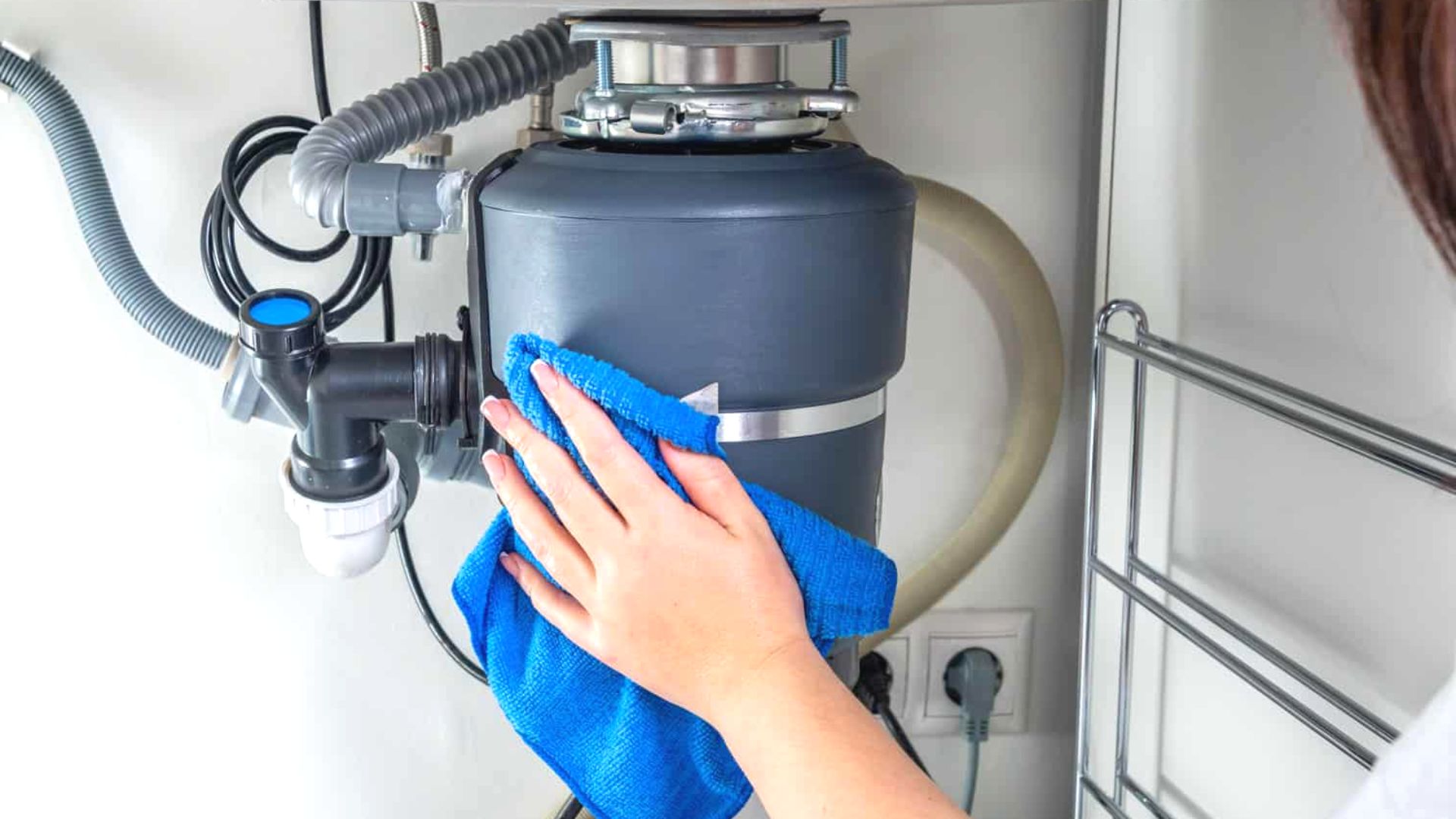Easy-to-Follow Instructions for Repairing a Leaky Waste Disposal
Easy-to-Follow Instructions for Repairing a Leaky Waste Disposal
Blog Article
We've stumbled on this great article relating to Garbage Disposal Leaking From Bottom below on the internet and think it made sense to write about it with you on this page.

Garbage disposals are necessary kitchen home appliances that aid in throwing away food waste successfully. Nevertheless, a leaking waste disposal unit can be a discouraging and untidy issue to take care of. Fortunately, several leaks can be repaired quickly with a few straightforward actions. In this write-up, we will certainly review exactly how to repair a dripping waste disposal unit properly.
Introduction
Waste disposal unit are mounted under cooking area sinks and are designed to shred food waste into smaller items, permitting it to go through the pipes system quickly. While these tools are generally reliable, leakages can happen with time due to wear and tear, loosened connections, or damages to the unit.
Common Sources Of Leaks in Waste Disposals
Worn Seals and Gaskets
Seals and gaskets play an essential role in protecting against water from leaking out of the waste disposal unit. Gradually, these components can deteriorate, resulting in leaks around the disposal system.
Loose Connections
The links in between the waste disposal unit and the pipes system can come to be loosened over time, triggering water to leakage out during operation.
Cracks or Holes in the Disposal Device
Physical damages to the waste disposal unit, such as splits or openings in the real estate, can likewise lead to leakages.
Determining the Source of the Leakage
Before trying to take care of a dripping waste disposal unit, it is important to recognize the source of the leak. This can usually be done with aesthetic assessment or by performing simple tests.
Visual Examination
Check the garbage disposal unit thoroughly for any indications of water leakage. Pay close attention to areas around seals, gaskets, and link factors.
Checking for Leaks
One method to examine for leaks is by running water with the disposal device and looking for any type of noticeable indications of leak.
Tools and Products Needed for Dealing With a Dripping Garbage Disposal
Prior to starting the fixing process, gather the necessary tools and materials, consisting of a screwdriver, flexible wrench, plumbing technician's putty, substitute seals or gaskets, and epoxy or patching product for repairing fractures or openings.
Step-by-Step Guide to Dealing With a Leaking Waste Disposal Unit
Shut off the Power
Prior to attempting any repair services, make sure that the power to the garbage disposal unit is turned off to avoid the threat of electric shock.
Situate the Leak
Determine the specific area of the leakage and identify the reason.
Tighten up Connections
Make use of a wrench to tighten any loose connections between the disposal unit and the plumbing system.
Replace Seals or Gaskets
If the leak results from used seals or gaskets, remove the old components and change them with brand-new ones.
Patching Splits or Holes
For splits or openings in the disposal unit, usage epoxy or an appropriate patching material to seal the broken area.
Evaluating the Garbage Disposal After Repair Work
Once the fixing is total, test the waste disposal unit by running water through it to make certain that the leakage has actually been fixed.
Preventive Maintenance Tips to Prevent Future Leakages
To avoid future leakages, it is important to carry out normal upkeep on your waste disposal unit. This includes maintaining it tidy, avoiding putting non-food items or difficult items down the disposal, and regularly looking for leaks or various other problems.
Verdict
In conclusion, taking care of a dripping waste disposal unit is a relatively straightforward procedure that can be completed with basic devices and products. By adhering to the actions laid out in this article and practicing preventive upkeep, you can keep your waste disposal unit in good working condition and prevent costly repair work in the future.
What to Do About a Leaking Garbage Disposal
A leaking garbage disposal often goes unnoticed until you confront a sopping cabinet, a foul-smelling puddle, or an audible drip-drip-drip from the unit. The fix can be frustrating, too, because the leak can stem from a number of components in the system. Fortunately, with a little sleuthing, you can zero in on the leak and—depending on the exact location—stop the icky oozing and repair the component that caused it. Worst case scenario, if it turns out that the garbage disposal must be replaced, installing a new one is a reasonable do-it-yourself task for those with basic plumbing skills. Read on to keep the cash you’d otherwise hand over to a pro.
Prepare to find the leak
Prior to testing the garbage disposal for leaks, unplug it at the wall outlet and turn off the power from the breaker box to prevent electrical shock. Then insert a watertight sink stopper into your sink drain and wipe the unit dry with a clean cloth. In any handy container, mix a few drops of food coloring into a few cups of water, and pour the dyed water onto the sink stopper to help you locate the leak.
Investigate the source
the top, where the disposal meets the sink drain the side, where the dishwasher hose or main drain pipe connects to the disposal or the bottom of the unit Inspect each of these locations while gliding a light-colored rag over the unit; the dyed water will readily show on the rag and reveal the location of the leak. If a leak isn’t immediately apparent, remove the sink stopper and pour a few more cups of dyed water down the sink drain, then check for leaks again. Leaks near the top of the unit are more likely to show themselves while the sink is plugged, while side and bottom leaks are more noticeable while the sink is unplugged.
The metal sink flange that sits directly inside the sink drain is typically sealed around the top with plumber’s putty (a clay-like sealant) and then secured from under the sink with bolts. If the plumber’s putty deteriorates, or the bolts loosen, the flange can no longer form a watertight seal between the sink drain and the disposal—which could cause a leak at the top of the unit.
To reseal the leaky flange, you must first detach the garbage disposal. Start by loosening the screws securing the main drain pipe to the disposal, then loosen the screws in the metal clamp securing the dishwasher hose to the disposal and detach the drain pipe and dishwasher hose from the disposal. Loosen the screws in the mounting ring that connects the disposal to the metal mounting assembly beneath the sink, then pull down the disposal and carefully set it on a clean, dry surface. Loosen the bolts in the mounting assembly with a wrench, then pull down the mounting assembly and set it near the disposal.

I was brought to that editorial on Garbage Disposal Leaking From Bottom through an acquaintance on our other domain. Appreciated our entry? Please share it. Help others check it out. Thanks a bunch for your time. Come back soon.
Click Here Report this page